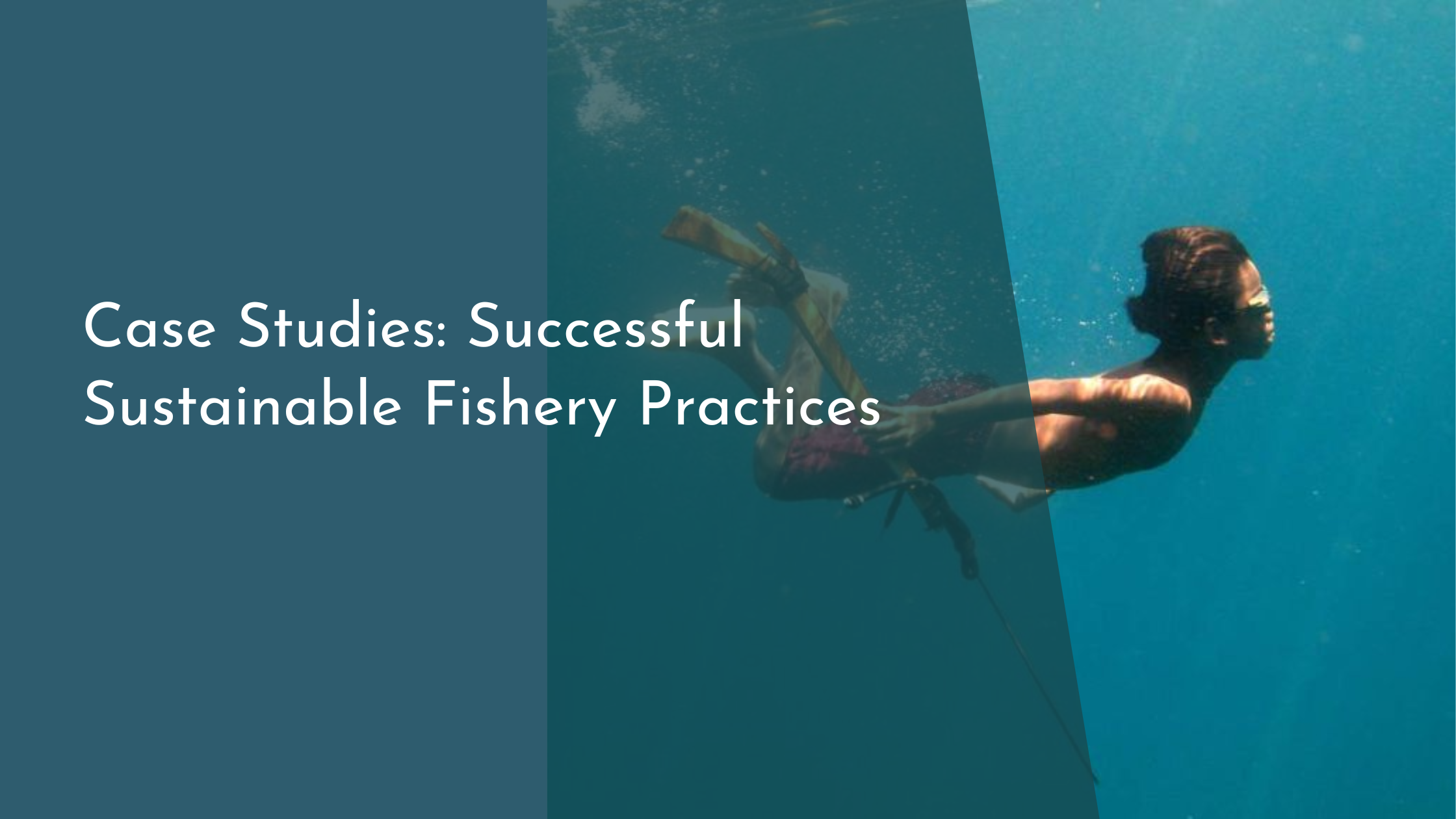Case Studies: Successful Sustainable Fishery Practices
The global demand for seafood continues to rise as an essential protein source for millions worldwide. However, unsustainable fishing practices and overfishing have placed immense pressure on fish populations and marine ecosystems. To combat these challenges, sustainable fishery practices have emerged, focusing on maintaining fish stocks, preserving marine habitats, and ensuring the livelihoods of communities reliant on these resources. This article explores successful sustainable fishery practices worldwide, showcasing innovative techniques and addressing current challenges and future prospects.
Understanding Sustainable Fishery Practices
Sustainable fishery practices are designed to conserve marine resources while meeting present and future human needs. These practices aim to manage fish stocks responsibly, ensure biodiversity, and minimize environmental impacts. Key principles include setting catch limits based on scientific assessments, protecting critical habitats, and implementing measures to reduce bycatch and discard rates. By promoting resilience in fish populations and ecosystems, sustainable fisheries contribute to food security and economic stability for coastal communities.
Successful sustainable fisheries integrate ecological, economic, and social dimensions. They emphasize collaboration among stakeholders, including governments, non-governmental organizations, industry players, and local communities. Effective governance systems are crucial, balancing the interests of different parties and ensuring compliance with regulations. Monitoring and data collection are integral to this approach, allowing continuous adaptation to changing conditions and advancing sustainable practices.
Examining Global Success Stories
New Zealand stands out as a leader in sustainable fishery management, implementing a quota management system that has significantly reduced overfishing. The system allocates specific catch limits to fishers, based on scientific assessments of stock sustainability. By involving indigenous communities in the decision-making process, New Zealand has integrated traditional knowledge with modern scientific techniques, creating a model for sustainable fisheries worldwide.
The Chilean jack mackerel fishery provides another exemplary case of sustainable practices. After facing severe overfishing, the industry adopted science-based catch limits, seasonal closures, and internationally coordinated management efforts. Today, the jack mackerel population is recovering, demonstrating the power of cooperative management. Chile’s approach highlights the importance of regional collaboration and adaptive governance in restoring depleted fish stocks.
Innovative Techniques for Sustainable Fishing
Technological advancements have fueled the development of innovative techniques to enhance sustainability in fisheries. The use of fish aggregating devices (FADs) equipped with satellite tracking has improved the targeting of specific fish species while minimizing bycatch. These devices help fishers locate large schools of fish efficiently, reducing the need for excessive exploratory fishing trips and lowering fuel consumption and carbon emissions.
Another promising innovation is the implementation of electronic monitoring systems on fishing vessels, which provide real-time data on fishing activities. These systems help enforce compliance with regulations, such as catch limits and bycatch reduction measures. By offering transparent and accurate data, electronic monitoring fosters trust and collaboration among stakeholders, paving the way for more sustainable fisheries.
Challenges and Future of Sustainable Fisheries
Despite progress, sustainable fisheries face numerous challenges. Climate change impacts, such as ocean warming and acidification, threaten fish populations and disrupt traditional fishing patterns. Addressing these issues requires adaptive management strategies and international cooperation to mitigate adverse effects. Additionally, illegal, unreported, and unregulated (IUU) fishing continues to undermine sustainable practices, necessitating enhanced enforcement and monitoring efforts.
The future of sustainable fisheries lies in continued innovation, collaboration, and education. Investing in research and development of sustainable technologies will be crucial for adapting to changing environmental conditions. Empowering local communities through education and capacity-building initiatives will strengthen their role in resource management. By fostering global partnerships and sharing successful practices, the fishing industry can navigate challenges and ensure sustainable fisheries for generations to come.
As the examples of New Zealand and Chile demonstrate, successful sustainable fishery practices require a multi-faceted approach that integrates science, technology, and community involvement. While challenges persist, the future holds promise for sustainable fisheries through continued innovation and cooperation. By embracing sustainable practices, the global fishing industry can ensure the health of marine ecosystems and the well-being of communities that depend on them, securing seafood resources for the future.

